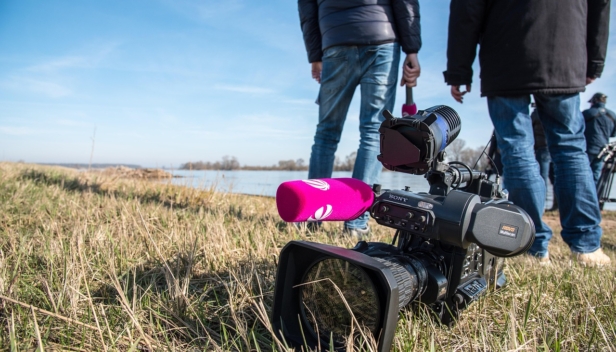The effect of colour temperature in a photograph on humans
Photography

We know two types of colours: warm colours (red, orange, yellow), which have low temperature and low energy, long wavelength and low frequency, and cold colours (green, blue, purple) which are the opposite of warm colours; their temperature is high and so is their energy, the wavelength is short and the frequency is high. In the printed form, we use the subtractive (deductive) colour space – the CMYK colour space, which consists of cyan, magenta and yellow.
The additive colour space – the RGB, which consists of red, green and blue colours, is used on monitors, televisions and digital cameras, i.e. it is used on all media for displaying photos and graphics.
The Kelvin unit is marked on lamps or light fixtures, as it tells us important information about the spectrum composition of the lamp. Colour temperature or Kelvin is denoted by K. Delta E (∆E) tells us the value or accuracy of the colours on the reproduction.
Colour accuracy according to delta E is defined so that when light reaches an object, the object absorbs part of the light, and the rest of the light is reflected to our eye. When we look at an object, the light waves are reflected and represent or determine what colour we will see at that time.
Delta E is a designation for the colour difference of two colours expressed by colour space coordinates. The lower the ∆E value, the more accurate the colour reproduction. The meaning of Delta E is the difference in colour sensation. CRI (Ra) represents the colour-matching index, and it means the average matching value.
The higher the CRI (Ra) value, the greater the match, and if the value is low, there is almost no match. TLCI shows a form of colour index where skin colour is emphasized. Each camera has a different sensor that reacts individually – a reaction to lamps and light sources.
With the help of a spectrometer, we can measure the light, which shows us the CRI measurements and we can see the individual colour match value for the reference colours in the spectrum, which does not tell us how our sensor on the device will use these colours.
When buying each individual camera, we need to know exactly what we will use it for in practice, as this is determined by the key criteria, which are: architecture, sensor, usability, robustness, photo quality, weight and power supply.
The field of use of the device is also of great importance when choosing a new camera, for example nature photography, use in a studio or underwater photography, which requires additional special equipment and protection.













